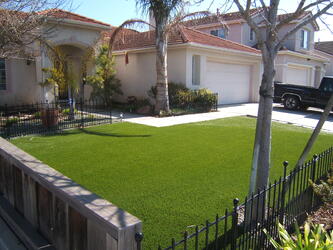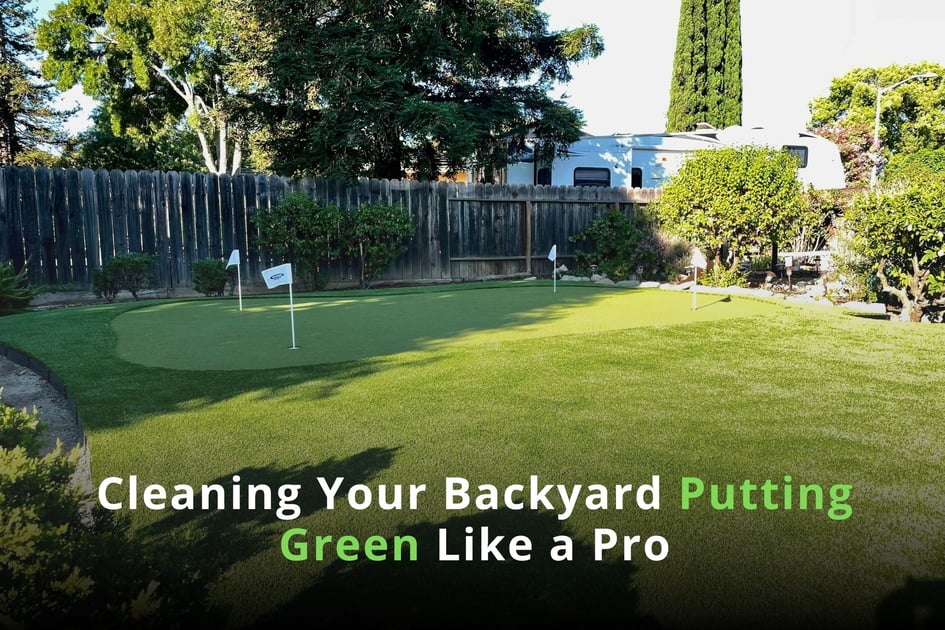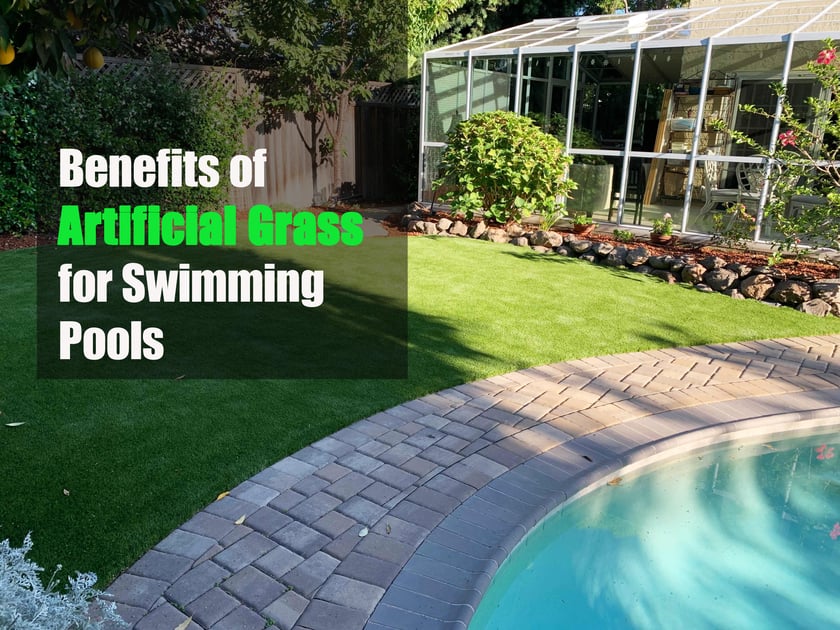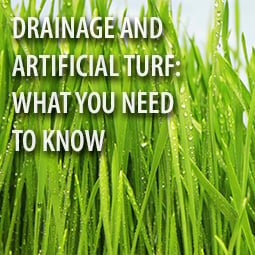 Many homeowners are “going green” in an attempt to make their homes more environmentally friendly and safe. One of the ways to do this is to have their home LEED certified. There are several categories in which a home can apply for certification. A few include:
Many homeowners are “going green” in an attempt to make their homes more environmentally friendly and safe. One of the ways to do this is to have their home LEED certified. There are several categories in which a home can apply for certification. A few include:
-
Water efficiency
-
Energy and atmosphere
-
Sustainable sites
-
Innovation and design
-
Materials and resources
Artificial turf companies can help homeowners meet or exceed the standards for LEED certification in several different ways.
Water Efficiency
Synthetic turf saves on water usage by eliminating the need to water lawns on a regular basis. Turf supply companies can help a homeowner determine how much water they will save if artificial turf is installed in place of their natural grass lawns. Over the years, having artificial grass can save a homeowner hundreds of thousands of gallons of water
Artificial lawns are commonly built with a base layer that acts as a drainage system, which allows water to drain. This helps to keep water flowing and prevents it from accumulating in valleys and low areas in the lawn. With this type of installation you can avoid standing water which can also lead to mold and bacteria growth. Unlike natural grass, and depending on the types of backing the turf has...artificial turf can actually drain more efficiently than real grass.
Innovation and Design
One of the most unique aspects of having artificial turf is its overall versatility. It comes in varying shades and color and can be used for several different purposes. For example, an avid golfer can install a putting green of any size in their backyard. This allows them to practice whenever they want without the upkeep of natural grass or travel to the local golf course.
Artificial grass can also be used in landscaping and as a border for pools and can be placed on decks or patios. It can also be used to create unique patterns and shapes in the lawn itself. Artificial grass is easily cut and shaped and patterns can be made to transform a deck or patio into an oasis. Walkways and stepping stones can be fashioned out of artificial turf and laid across wood or cement decking.
Materials and Resources
Artificial Turf companies can provide homeowners with a list of materials and resources that are used in the construction and installation of their synthetic lawns. When a homeowner is applying for LEED certification, they will need to be able to show that what they are using will benefit the environment, not only be preventing waste, but also by protecting valuable resources.
The United States Green Building Council has devised a point system in which homeowners can accumulate points for each material, technique or process used during the homes' construction. The installation of artificial turf can help a homeowner gain several points in many of the categories listed above. Water efficiency and Materials and Resources are two areas where a homeowner can gain an edge. With the point system, a homeowner can actually see how certain improvements can benefit their lifestyle, as well as their pocketbook.
LEED certification does more than just benefit the environment. It can save homeowners thousands of dollars each year in reduced utility costs, maintenance and repairs. Taking the time to learn more about the certification process and what it entails offers homeowners a chance to be proactive when it comes to home maintenance. For example, artificial turf companies can provide homeowners with a variety of ways synthetic turf can be used to not only save water, but also make a your yards and play area's virtually maintenance free. The curb appeal and increase in property values are added perks.












